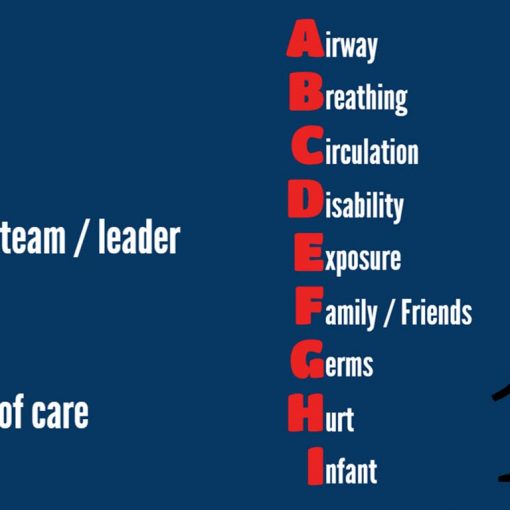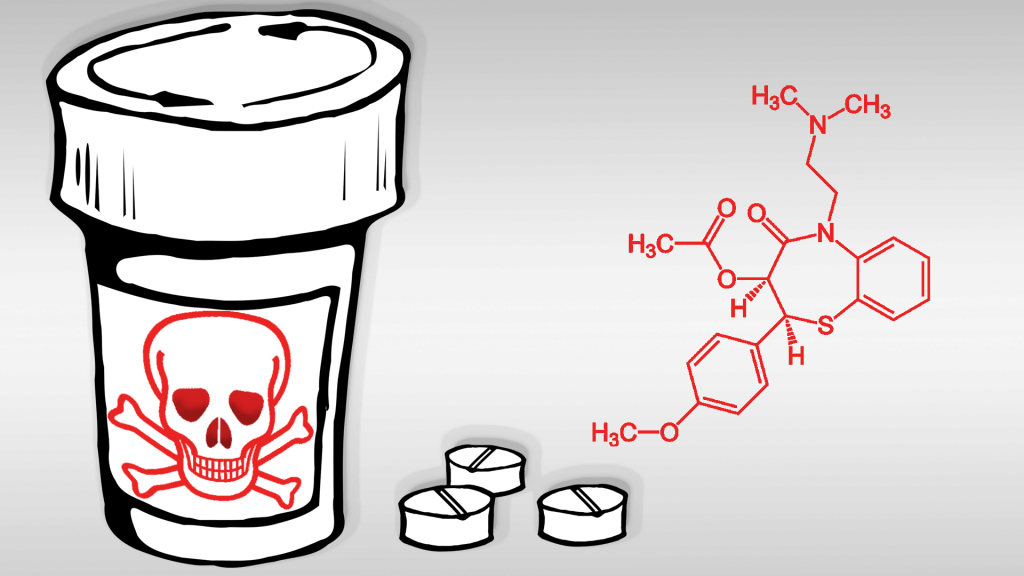“The saline used in IV bags could be killing you”, screams the New York Post. CNN seems to agree. Everyone in the world seems to know that saline is evil, but just yesterday I hung a bag of normal saline when treating a sick septic patient. Is that because I am a bad doctor? Because I haven’t read the studies? Because I don’t care? Or is this just another example of the general rule that headline news describing medical research is almost always wrong?
Those headlines were in response to two studies published in the New England Journal this year: SMART and SALT-ED. I will get to those papers in the next 2 days, but I think we should start with what was previously the largest, and still is the best trial available comparing saline to a balance IV solution. Welcome to IV fluids week…
The paper
Young P, Bailey M, Beasley R, et al. Effect of a Buffered Crystalloid Solution vs Saline on Acute Kidney Injury Among Patients in the Intensive Care Unit: The SPLIT Randomized Clinical Trial. JAMA. 2015; 314(16):1701-10. PMID: 26444692
The Methods
This is a double-blind, cluster randomized, double-crossover trial conducted in 4 ICUs in New Zealand.
Patients: They include all ICU patients who were receiving crystalloid therapy.
- Patients on renal replacement therapy or expected to need renal replacement therapy were excluded.
- Randomization was done at the level of the ICU. ICUs were randomized to use a blinded treatment fluid in blocks of 7 weeks. There were 3 crossovers, such that each ICU used both fluids twice over the 28 week study period. Patients still in the ICU at the time of crossover remained on the original fluid they were assigned to.
Intervention: Buffered crystalloid solution (Plasma-Lyte 148)
Comparison: 0.9% normal saline
Outcome: The primary outcome was the proportion of patients with renal dysfunction (doubling of creatinine)
The Results
All 2278 eligible patients were enrolled (1162 assigned to buffered crystalloid and 1116 to normal saline).
The amount of fluid given in the 2 groups was the same (median of 2L), with most given during the first 24 hours. (Additionally, a median of about 1 L of fluids had been given prior to enrollment, almost all of which was buffered crystalloid.)
For the primary outcome, 9.6% of the buffered crystalloid group and 9.2% of the saline group developed acute kidney injury within 90 days (absolute difference 0.4%; 95%CI −2.1%to 2.9%; P = .77).
There were also no differences noted in any of the secondary outcomes or subgroups.

My thoughts
This is a strong study, with appropriate randomization, allocation concealment, and blinding. They had a pre-published protocol, and were registered on clinicaltrials.gov. However, it was set up as a feasibility study, with no sample size calculation, and they are missing final outcome data for about 8% of their patients. Furthermore, although the study was blinded, ⅔ of clinicians were able to guess the assigned group, presumably because of the laboratory changes that accompany saline use.
Only about 15% of these patients were admitted to the ICU from the emergency department. The vast majority were admitted through the operating room, mostly for elective surgery. This makes the results a little difficult to apply to emergency department patients. The amount of fluid required, and the reasons for using it, is often quite different in sick emergency department patients.
The fact that patients in both groups got a median of 1 L of buffered crystalloid before being enrolled, which represents about ⅓ of the total fluid resuscitation, could dilute any potential treatment effect.
A big concern with this study is the primary outcome. A doubling of creatinine is a surrogate outcome, and not particularly patient oriented. Patient oriented outcomes like renal replacement therapy and mortality were included only as secondary outcomes. (The trial was a feasibility study, which is presumably why the easier target of creatinine was chosen).
Finally, and perhaps most importantly, we have to take note of the fluid volumes used in this study. Although they may not seem out of place these days, as clinicians are moving to more restrictive fluid strategies, the amount of fluid used here is pretty small: only 2L total for an entire ICU stay (and 1 L before the ICU). I can easily give that much fluid in just a few hours in my emergency department, which may limit the external validity of these results. This study reassures me that a couple litres of saline is unlikely to harm, but I am still hesitant about the potential for metabolic acidosis in large volume resuscitation.
Bottom line
Although there are limitations, the SPLIT trial was a fairly strong demonstration that normal saline is probably a safe resuscitation choice, despite our concerns about its composition. I have been using saline confidently for resuscitation since SPLIT was published.
Tune in tomorrow for a review of the SMART trial.
Part 3 of the series will discuss the SALT-ED trial.
Other FOAMed
References
Semler MW, Self WH, Wanderer JP, et al. Balanced Crystalloids versus Saline in Critically Ill Adults. The New England journal of medicine. 2018; 378(9):829-839. PMID: 29485925
Self WH, Semler MW, Wanderer JP, et al. Balanced Crystalloids versus Saline in Noncritically Ill Adults. The New England journal of medicine. 2018; 378(9):819-828. PMID: 29485926
Morgenstern, J. IV fluid choice part 1: The SPLIT trial, First10EM,
September 18, 2018. Available at:
https://doi.org/10.51684/FIRS.6286






10 thoughts on “IV fluid choice part 1: The SPLIT trial”
This is the typical post that will make haters and critics appear by sending punctilious observations to your way of handling patients in the emergency room. However, I have reached the same conclusions and I do the same in the daily management
The SPLIT trial discussed here, although not without limitations, offers valuable insights into the safety of normal saline as a resuscitation choice. It’s refreshing to see evidence-based information that challenges popular beliefs and allows healthcare professionals to make informed decisions.
I find it fascinating how sensationalist headlines can lead to misconceptions about medical research. I remember a time when I hung a bag of normal saline for a septic patient and questioned whether I was making the right choice. However, after reading the SPLIT trial, I felt reassured that saline is a safe option for resuscitation. The study’s limitations, such as the small fluid volumes used and the surrogate outcome of doubling creatinine, should be considered, but overall, it provides valuable insights for clinical practice.
As a nurse who frequently administers IV fluids in the emergency department, the study’s findings offer a sense of confidence in the safety of using normal saline for resuscitation. However, the post also raises valid concerns about the study’s limited external validity, prompting me to reconsider the application of these results in the dynamic and diverse setting of emergency patient care.